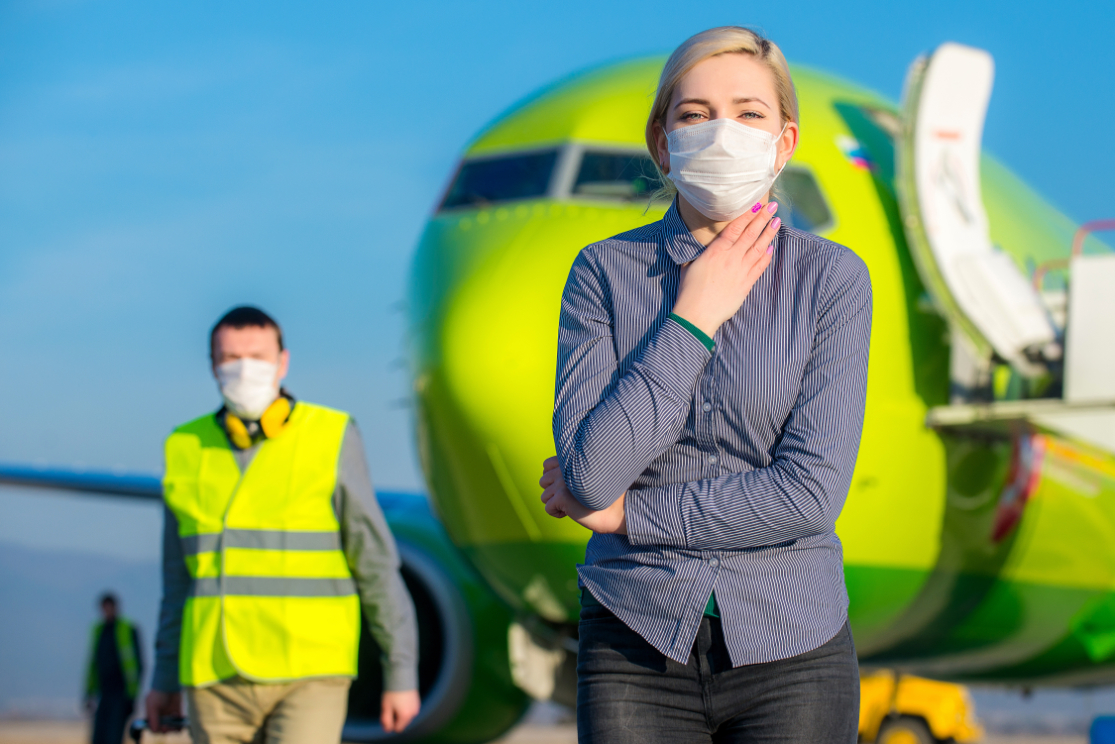Navigating the Skies Safely: A Guide to Aircraft Disinsection Amid Global Dengue & Zika Alert
The recent circular issued by Italy's Ministry of Health, spurred by a dengue fever emergency in Brazil and a subsequent global upsurge in cases, serves as a critical reminder for aircraft operators of the paramount importance of aircraft disinsection. With over 600,000 dengue infections reported worldwide in just the early months of 2024, the imperative for stringent pest control measures at international entry points, including ports and airports, has never been more evident.
This guide aims to provide aircraft operators with essential insights into the significance of aircraft disinsection, the regulatory backdrop, and actionable steps to ensure compliance and safety in light of the recent health alerts.
Understanding the Risks
Dengue and Zika, primarily spread by the Aedes aegypti mosquito, has seen an alarming resurgence, prompting heightened vigilance. These diseases’ rapid spread underscores the critical need for aircraft disinsection as a preventive measure against importing vector-borne diseases across borders.
The Regulatory Landscape
International health regulations mandate specific measures to mitigate the risks posed by vector-borne diseases, including dengue. The circular from Italy's Ministry of Health, alongside directives from the World Health Organization (WHO) and the International Civil Aviation Organization (ICAO), outlines the requirements for keeping airport and port areas free from sources of infection, emphasizing the need for aircraft disinsection.
EPA and CDC Guidelines
While the U.S. Environmental Protection Agency (EPA) has not registered any products for use in aircraft cabins due to the absence of evidence supporting the effectiveness of such measures in controlling mosquito-borne diseases, it underscores the necessity of adhering to approved methods for cargo areas. Similarly, the Centers for Disease Control and Prevention (CDC) advises against the use of insecticide inside commercial aircraft cabins, pointing out that an infected person remains the most common source for imported mosquito-borne viruses.
Aircraft Disinsection Methods
The World Health Organization and ICAO stipulate two primary approaches for aircraft disinsection:
- Aerosolized Insecticide Application: This method involves spraying the aircraft cabin with an aerosolized insecticide while passengers are on board, albeit with potential discomfort for some individuals.
- Residual Method: Treating the aircraft's interior surfaces with a residual insecticide while passengers are not on board offers an alternative that minimizes exposure to passengers.
It's crucial for operators to consult with their travel or airline reservations agents to confirm the disinsection policies of their destination countries, as requirements vary.
Implementing Effective Disinsection Strategies
To navigate these regulatory waters and safeguard public health, aircraft operators should:
- Stay Informed: Regularly update themselves on the changing policies and requirements for disinsection from international health and aviation organizations.
- Choose Approved Methods: Use only approved disinsection methods that comply with international guidelines and the laws of the destination country.
- Educate Crew and Passengers: Provide information on the purpose and procedures of disinsection to minimize concerns and promote compliance.
Additional Resources:
https://www.epa.gov/mosquitocontrol/aircraft-disinsection
https://www.transportation.gov/airconsumer/spray
https://wwwnc.cdc.gov/travel/page/zika-travel-information
AEG is not just another trip planning company
AEG offers a comprehensive solution to operators for their fuel and trip needs with a leading technology platform, and emphasis on service. Through our partnership with Jeppesen, a Boeing company, we provide a one-source solution, offering competitive pricing, personalized service, proven experience and global expertise. Jeppesen has been providing international trip planning services to global operators for nearly 40 years.
Our partnership success comes mainly from the team of experts behind each successful trip. In this blog post, we share the profile of one of our trip planners, so you can get to know them one by one on a more personal level.
Name: Randy Eay
Outline of aviation experience

24 years in the aviation industry.

10 years with commercial airlines, where he worked as a Ramp Agent, Cargo Load Master, Load Planner, and Aircraft Dispatcher.

Randy started as a Flight Planning Specialist in 2006. Cross trained and learned Ops/ITP and started doing both in 2008.
Years of ITP experience

16 years of Flight Planning experience and 14 years of ITP Experience
Licenses and certifications

FAA Dispatcher License
What motivates you to do well in trip planning?

One hundred percent is the only way I know how to do things. This is the mentality I have when it comes to always striving to provide our customers with the best products and services possible. Knowing that what we do directly affects the success of a trip motivates me to always give one hundred percent. Knowing that our clients were able to execute a safe and successful trip is validation for all the hard work. No two trips are the same and each has its own level of difficulties and complexities. The challenges that each trip presents keeps me motivated and on my toes.
What motivates you to lead the team?

Throughout my career, colleagues have shared their knowledge and expertise and help expand my skillset. Sharing my knowledge and providing guidance to others will not only help an individual, but also strengthen our team. This, in turn, means that our clients receive the highest level of service possible.
Any other cools stuff you’d like to share

I love food! I am a foodie! When I’m not working, I enjoy eating at new places, trying out new recipes, and sharing meals with loved ones and friends.
Our dispatchers and trip planners help to keep your aircrews moving every day, all around the world. For more information contact us 24/7 at +1 281.364.7260 or flightsupport@aegfuels.com



